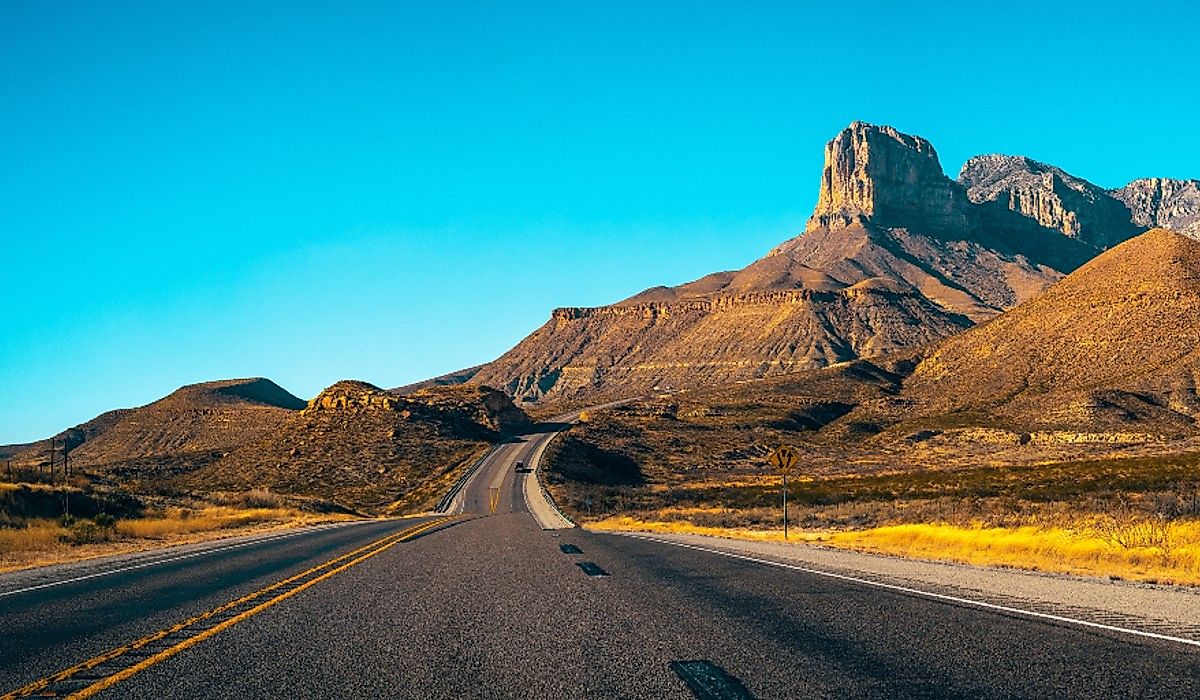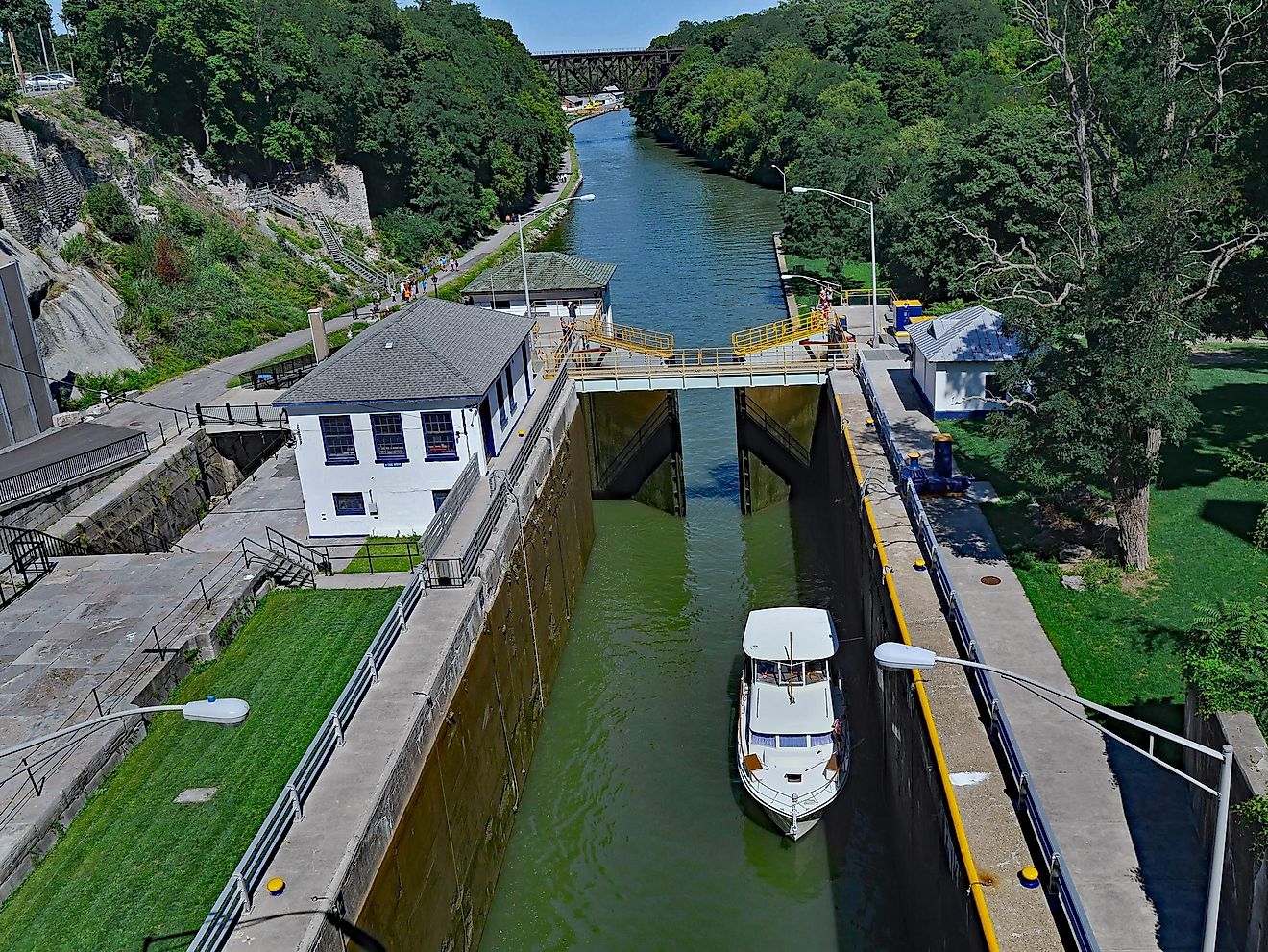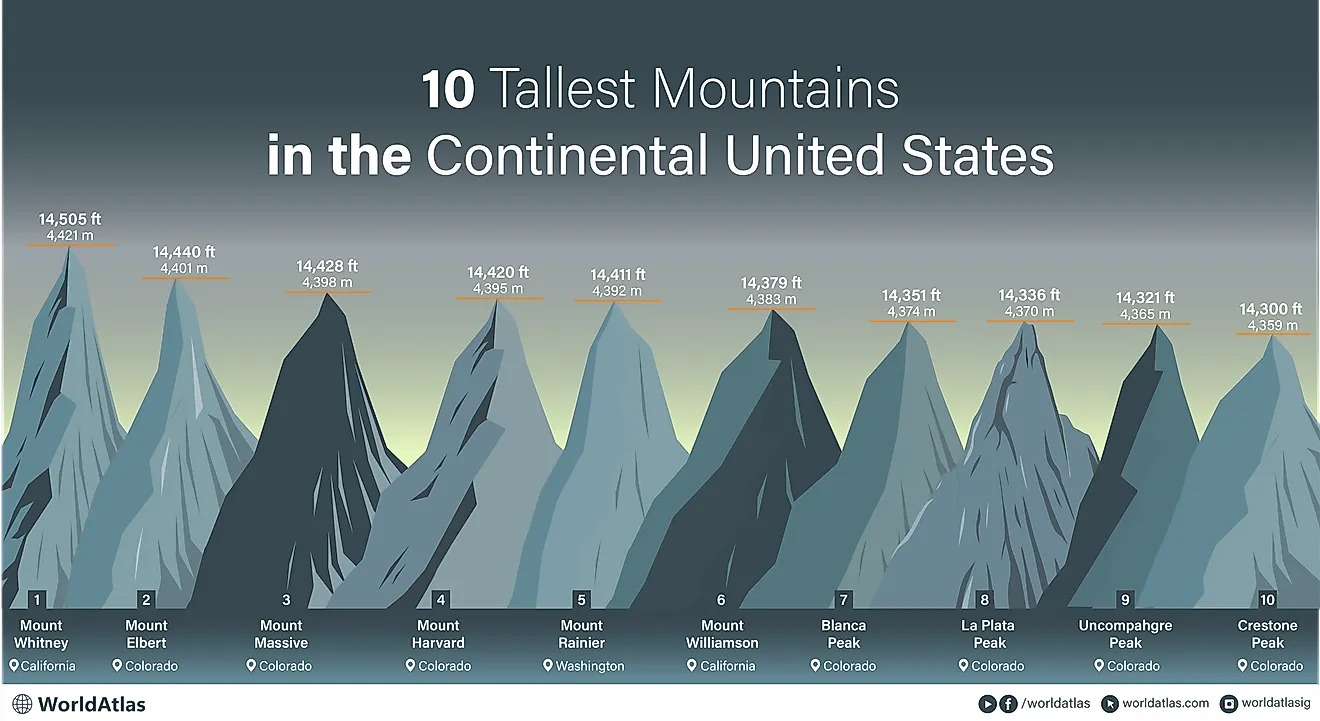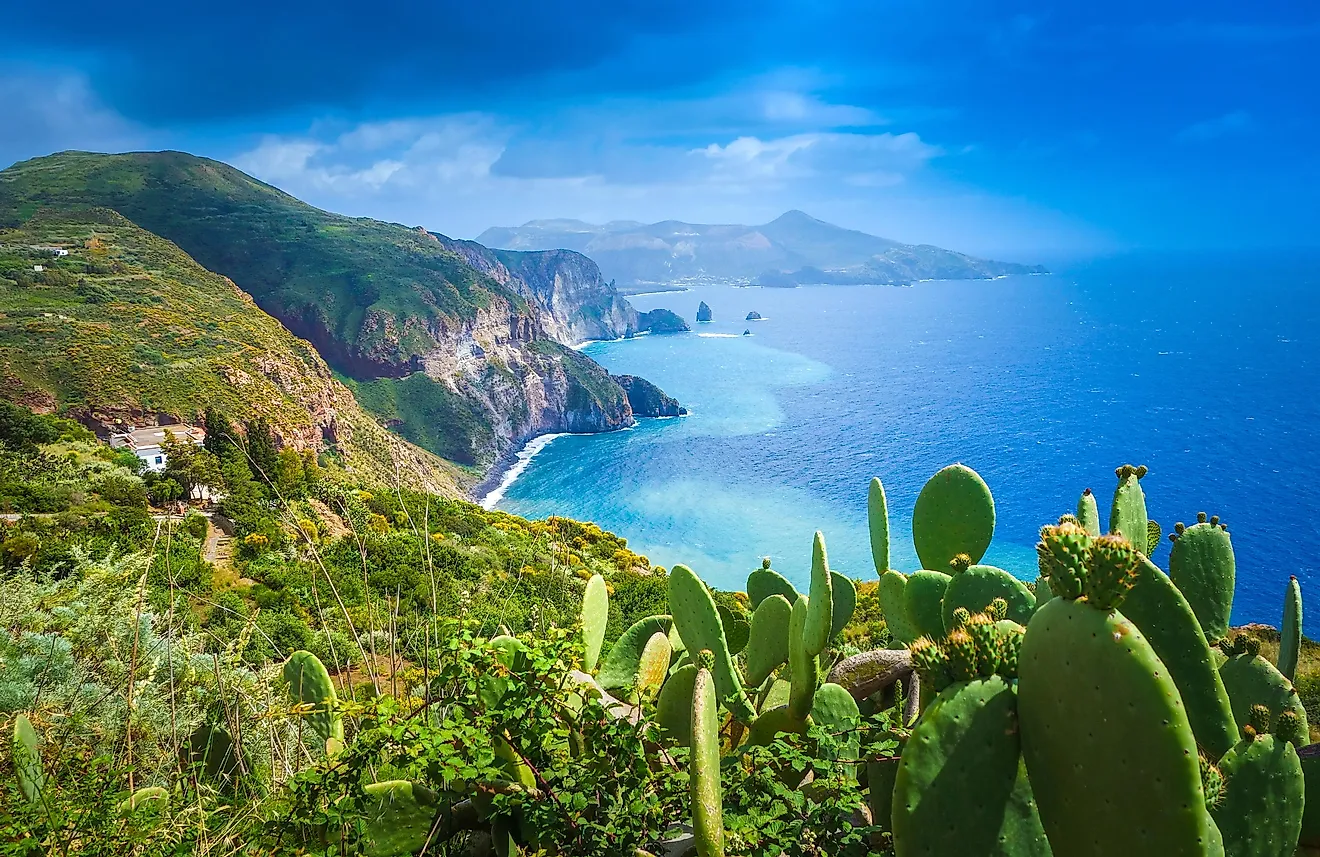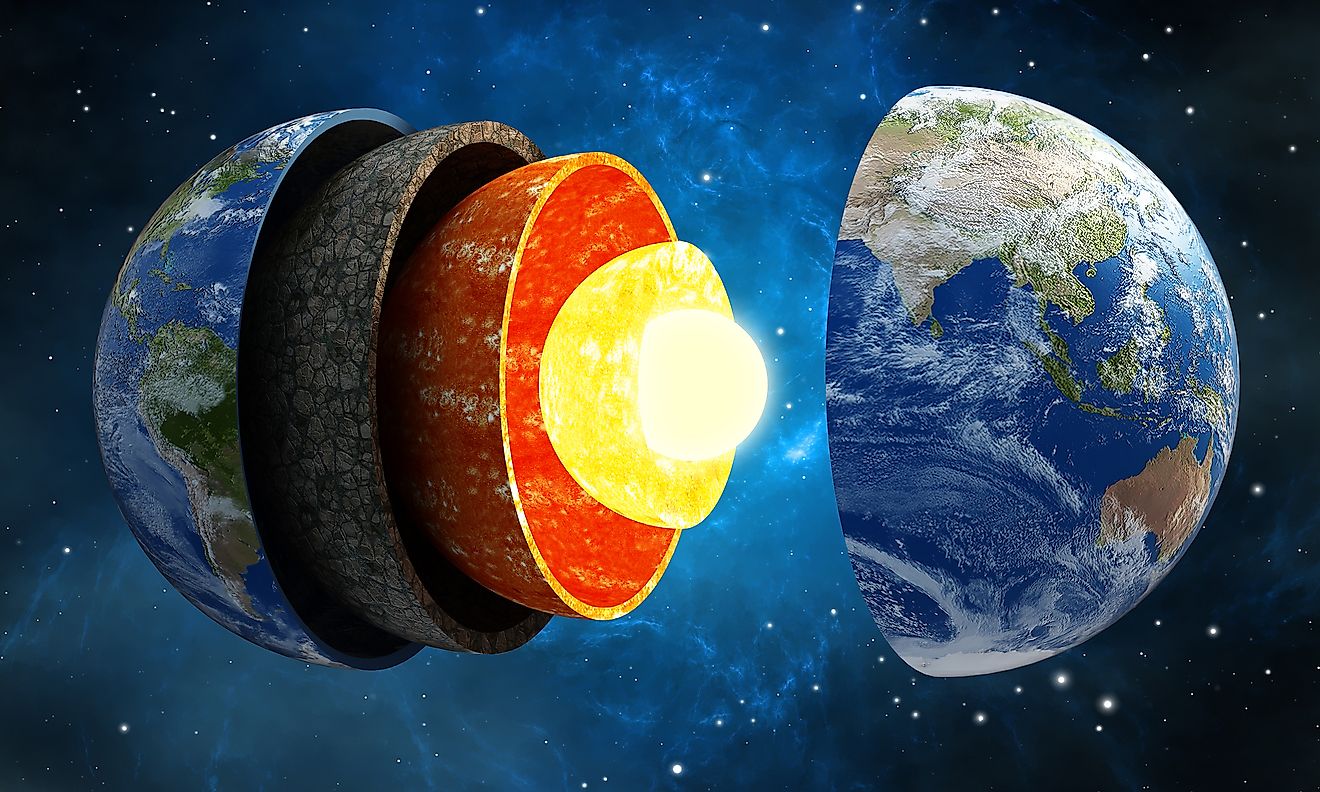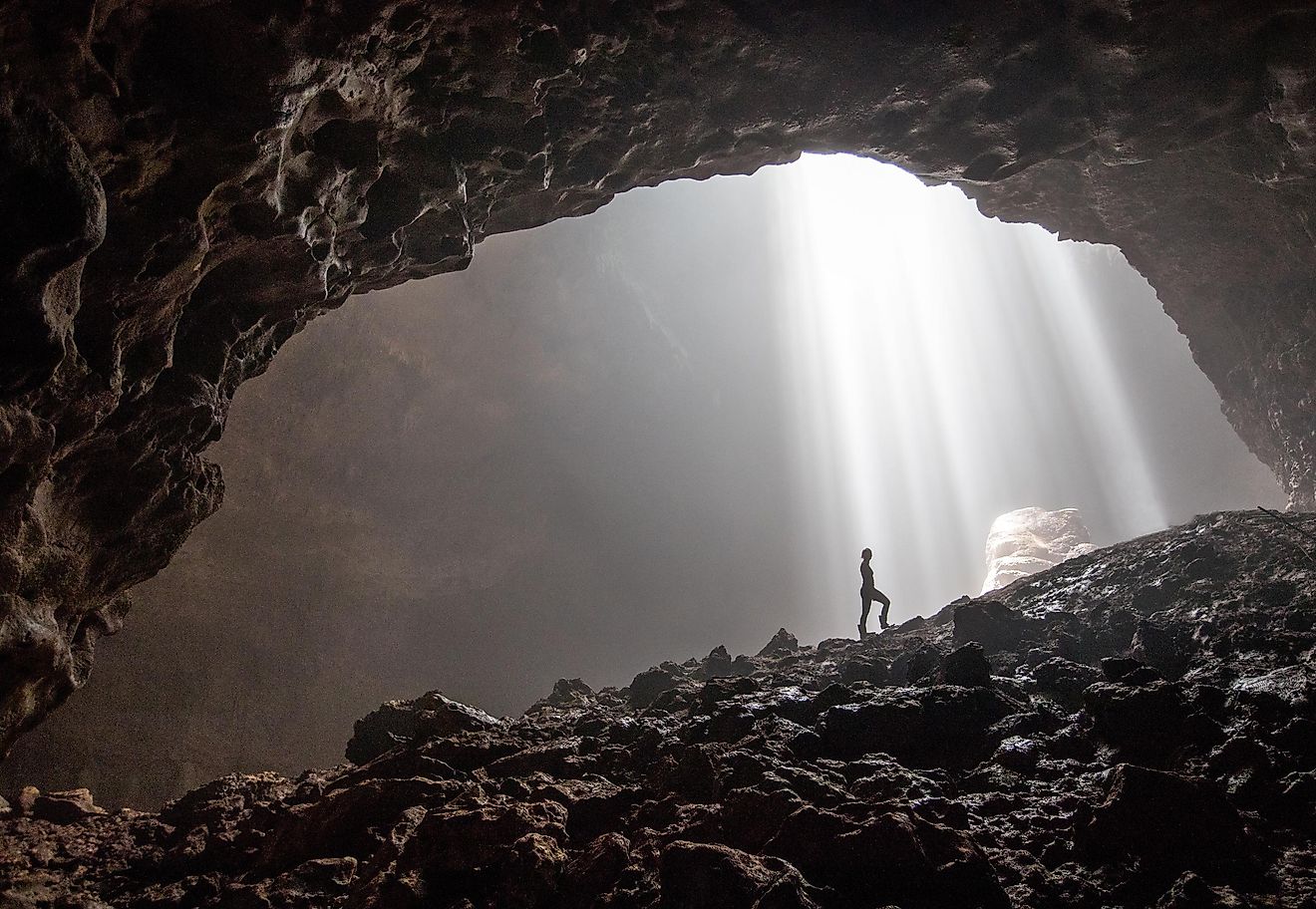
Natural Displays of Volcanic and Geothermal Energy
Geothermal energy is an intrinsic natural phenomenon resulting from the Earth's core since its formation 4.5 billion years ago. 1,800 miles (2,900 kilometers) below the surface of the earth, the core, through the immense gravitational pull, friction, and the radioactive decay of potassium-40 and thorium-232, reaches staggering temperatures of about 9,392° Fahrenheit (5,200° Celsius). The Earth’s temperature rises with depth at a rate of about 1° F per 77 feet of depth. This is the geothermal gradient and is the same in most parts of the world.
This thermal energy moves through the earth by processes known as convection, which occurs between the earth's liquid outer core and solid mantle, and conduction through the earth's plates at the surface. Thus, the thermal energy produced in the core gives rise to natural displays on the surface of the earth. Depending on the location and certain conditions, geothermal energy can manifest as volcanoes, fumaroles, boric-acid fumaroles, and geysers.
Volcanoes

Volcanoes are the most prominent example of a natural display of geothermal energy. They are very complex geological structures that have risen from the earth since its formation billions of years ago. There have been millions of active volcanoes during the Earth’s lifetime. Today, however, there are around 1,500 active volcanoes on land, with temperatures ranging between 1200° to 2200°F (650° and 1200 °C). There are a great deal more volcanoes submerged in the oceans, though the current submerged count is unknown.
Divergent Plate Boundary

There are many ways by which a volcanic structure emerges. The first happens at a divergent plate boundary. This usually occurs at continental rifts and mid-ocean ridges. As two tectonic plates move apart from the center, named the divergent margin, magma generated in the upper mantle flows upward and fills the gap. Whether the magma itself forces its way to the surface causing the plates to move apart, or simply fills the gap when the plates move is still debated. Nonetheless, the combination of divergent plate movement and magma reservoirs gives rise to volcanoes on the surface.
Convergent Plate Boundary

The second occurs at convergent plate boundaries (usually subduction zones). As an oceanic plate dives beneath another oceanic plate or a continental plate, the downgoing plate gets hotter due to the occurring friction between the two plates and leading to the generation of magma. This becomes more efficient due to the volatiles (mostly water) pushing upwards into the mantle, thus lowering the melting point of the mantle and generating more magma. This is a process by which many submerged volcanoes emerge.
Hot Spots

And the third occurs through hotspots. The origin of magma hotspots is not well known and requires more research. However, the consensus is that geothermal energy from the core heats up the upper mantle and results in its partial melting at depths of around 62 miles (100km). These hotspots occur independently of any tectonic plate movement, and they create many volcanic structures as the plates above them move about.
Geothermal Energy

Volcanic systems and geothermal energy are abundant all around the globe and are a source of renewable energy. Most think about wind turbines, water dams, and solar power as alternative energy sources, yet the geothermal energy of the earth can also serve that purpose. Around the world, there are many instances and applications for geothermal energy as a renewable energy source. Geothermal energy is an excellent resource for heating/cooling and for electricity.
Source for Heating and Cooling
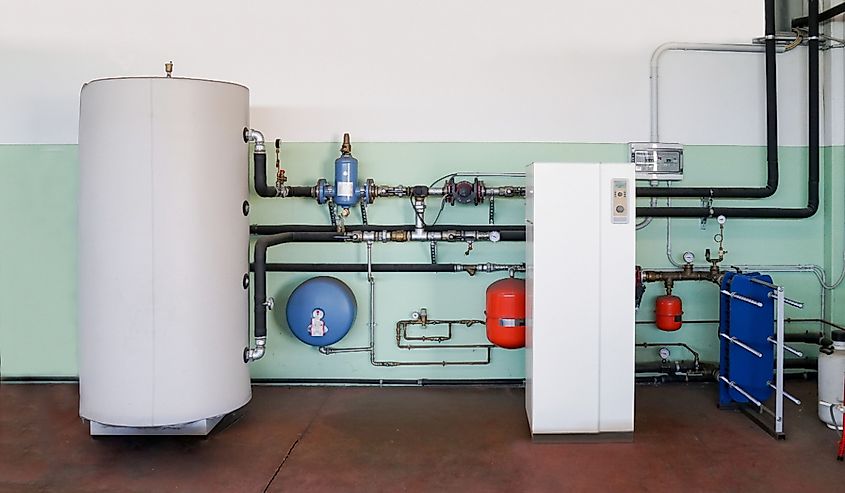
In most places around the world, low-temperature geothermal energy acts as an immediate source of heating for homes, greenhouses, and many industrial processes. Low-temperature geothermal energy originates from pockets of heat around 302° F (150° C). These pockets are usually found just a few meters below the surface. This type of geothermal energy is a core part of human culture dating back thousands of years. Archeological evidence shows that groups of Native Americans gathered around naturally occurring hot springs to rest and recuperate. One of the most famous hot spring spas, constructed in 60CE by roman conquerors, is in the town of Bath, England. Even today, the hot springs of Chaudes Aigues, France provides energy and heat to homes and businesses since the 1300s.
Geothermal heat pumps are another example of using the Earth’s heat as an energy source. These pumps require drilling to about 10 to 300 feet (3 to 90 meters) deep. This is quite shallow in relation to most oil and natural gas wells. During the cold season, water and other liquids absorb the geothermal heat and transport it upwards toward the houses, buildings, or factories, and give off warmth through duct systems. On the other hand, during the summer, the water and liquids in the pumps heat up and then transport this heat underground where it cools. Essentially, geothermal heat pumps also work as natural air conditioners.
Source for Electrical Generation

Geothermal energy is also capable of generating electricity. Using steam power plants and binary cycle power plants, geothermal energy transforms into electrical energy. Steam power plants use natural underground pockets of steam; transporting the steam through pipe systems allows for its use in fueling turbines and generating electricity. The first dry-steam power plant built is present in Larderello, Italy, in 1911, and is still to this day supplying electricity to more than a million people.
Binary cycle power plants use water and a liquid organic compound whose boiling point is lower than that of water. To generate electricity, water heats up underground to about 225° to 360° F (107°- 182° C) and then cycles above ground. This heated water in turn heats the liquid organic compound and creates steam which then flows through a turbine to generate electricity. Water is then transported back underground where it heats up again by the earth, and the cycle restarts. A famous example of this process occurs in The Beowawe Geothermal Facility in Nevada, US. This facility uses an industrial refrigerant known as tetrafluoroethane which has a much lower boiling point than water. This means it transforms into gas using a lot less heat, which in turn fuels the turbine and generates electricity.
Advantages and Disadvantages

Geothermal energy is quite abundant on earth, continuously generating ever since the formation of the earth billions of years ago. This energy is renewable, clean, and accessible almost anywhere around the world. Geothermal power plants are also a great deal more compact than other power plants. To produce a GWh (one million kilowatts of energy for one hour), a geothermal plant uses the equivalent of about 404 square miles (1,046 square kilometers) of land. To produce the same GWh, wind energy requires 1,335 square miles (3,458 square kilometers), a solar photovoltaic center requires 3,237 square miles (8,384 square kilometers), and coal plants use about 3,642 square miles (9,433 square kilometers).
However, geothermal energy does not come without its drawbacks. Most heat pockets and wells will eventually cool if the heat extraction is faster than the rate at which it replenishes. In addition, a small amount of greenhouse gases could form as a by-product. The injection of high-pressure streams of water into the earth correlates with minor seismic activities but is unlikely to cause an earthquake. The initial costs of building a power plant or heat pumps are also very expensive, and most countries can neither afford nor do they have the proper infrastructure to support such projects.
Future Prospects
Geothermal energy is present all-around earth in many forms: volcanoes, fumaroles, boric-acid fumaroles, and geysers. New Zealanders use natural geysers and steam vents to heat their homes, greenhouses, and farms. In Iceland, molten rock and magma recourses from active volcanoes heat homes and buildings to almost 90% of the country’s people. The US is the leading country in geothermal energy use generating a staggering 15 billion kilowatt-hours or the equivalent of burning about 25 million barrels of oil every year. As the decades go by and technology advances, the costs of geothermal technology are going down as it becomes more efficient. This makes it economically and logistically viable for many individuals, companies, and countries in the near future.




